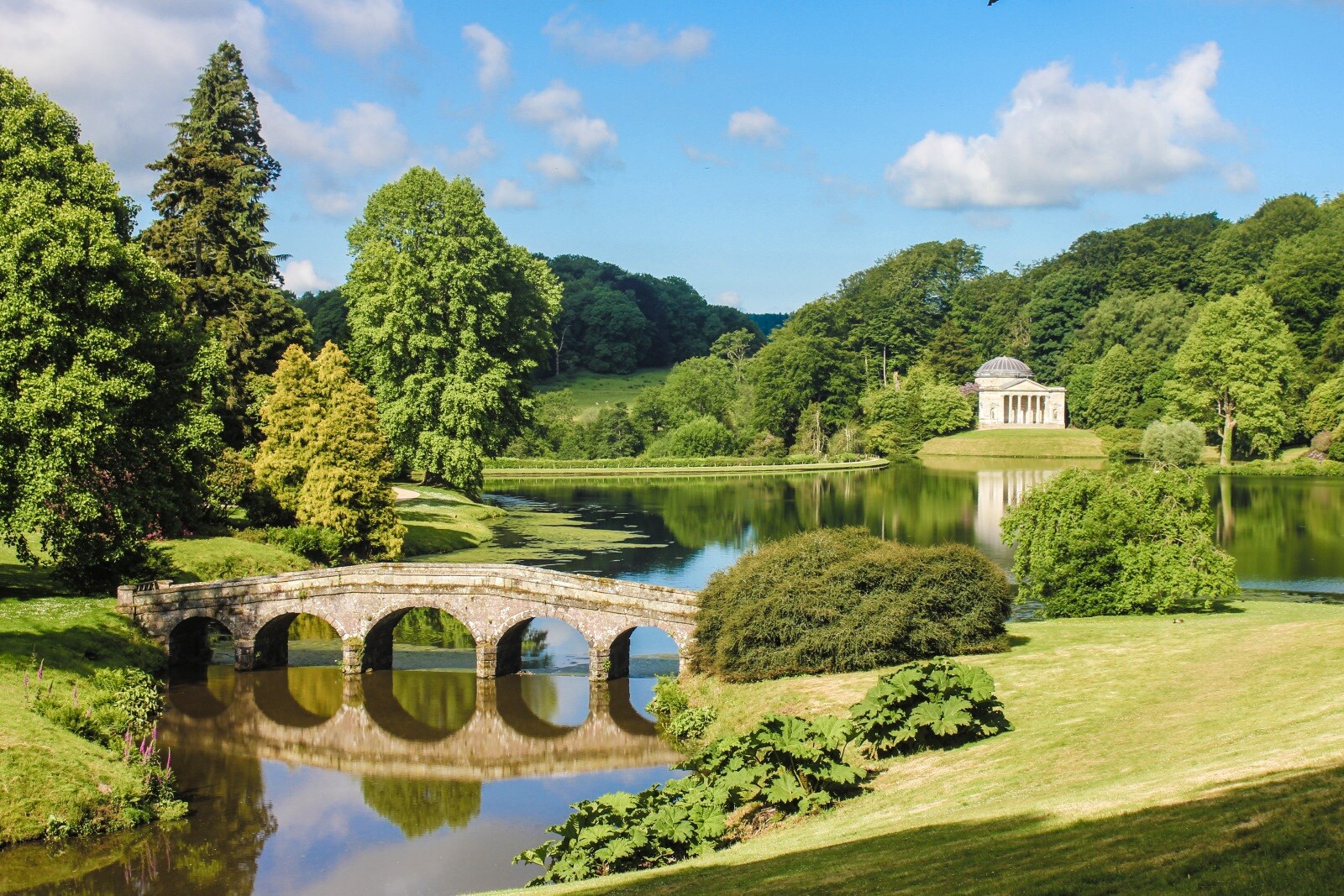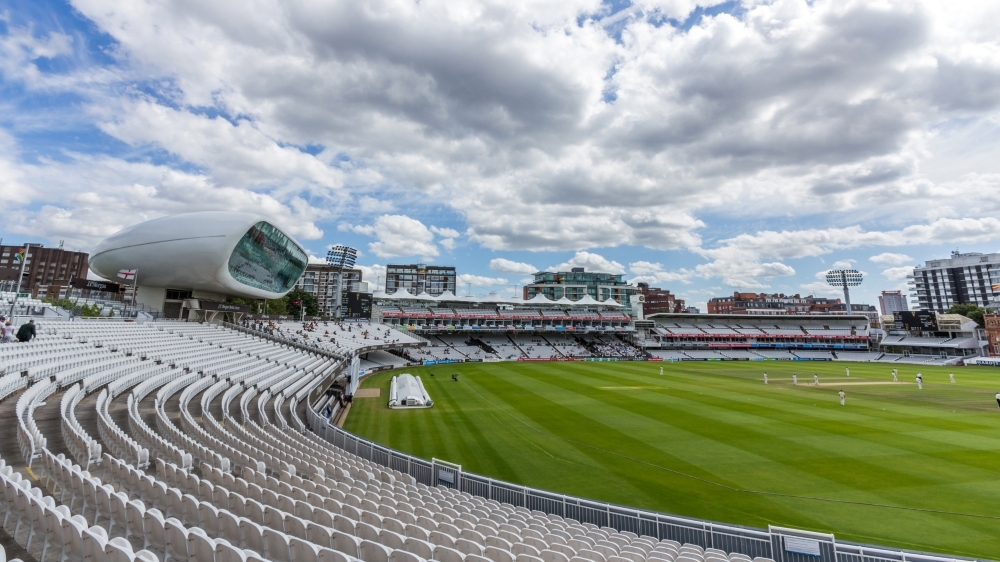Best Gardens to Visit in the UK
The United Kingdom is known for its verdant countryside, gentle rolling hills, and grand landscaped estates. Gardening in the United Kingdom has a long and rich history, reaching all the way back to the mediaeval period. The historic gardens you can visit across the country were often designed at first for practical reasons, for growing vegetables, fruit, and herbs for the household. However, eventually they transformed into displays of enormous wealth and taste of the aristocracy. Gardens, those connected to stately homes, at least, began to incorporate elaborate layouts, sculptures, and ornamental ponds. In the eighteenth century, English gardens took on a naturalistic design, pioneered by landscape architects such as Capability Brown. These naturalistic designs married the grandiosity of previous decades with lush, full plantings mirroring Britain’s bucolic landscapes.

Today, many of Britain’s most celebrated gardens are open to the public. Below, we gather some of the most fabulous examples across the country in one easy list for you to enjoy.
Stourhead, Wiltshire
This famous eighteenth century landscape garden is located in Wiltshire, England. Opened in 1740 and created by Henry Hoare II, this garden is a prime example of the English landscape style in a naturalistic design. The garden has a central lake, classical style buildings, grottoes, and incredible views. Well worth a visit are the model Pantheon, the Temple of Apollo, and the Palladian bridge. The garden integrates architecture and nature, melding a classical style with England’s beautiful, green landscape. Currently, the property is managed by the National Trust and is a brilliant place to visit in summer or winter.
Also Read: Best Counties to Live in UK
Buscot Park, Oxfordshire
Located in Oxfordshire, England, this phenomenal eighteenth-century house and garden was built and maintained by generation after generation of the Henderson family. The gardens blend formal and informal styles, and particularly stunning is the Four Seasons Garden, which is planted with vibrant seasonal varieties. There is also a water garden designed by Harold Peto, which features canals, bridges and a lily pond. With a walled garden (for those The Secret Garden fans), and gorgeous woodland walks this serene and idyllic garden is worth spending a whole day exploring, but of course Buscot Park mansion is also there for viewing. Managed by the National Trust, Buscot Park makes for an exciting and informative day out.
Also Read: The Best Coastal Towns to Live in The UK
Iford Manor, Wiltshire
These spectacular gardens are known for their picturesque, Italianate design, and were brought to life by architect Harold Peto in the early twentieth century. The gardens are Grade I listed, meaning they are specially protected. They feature terraced walks, statues in a classical design, and a cloister. The landscape, prior to Peto’s intervention, was steep and wooded and is now a harmoniously blended garden inspired by his time in Italy. There is also a Japanese Garden and a terrace with views across the River Frome. The garden is now managed by the Cartwright-Hignett family, who manage the bookings for viewings.
Also Read: Best Handmade Chocolates UK
Levens Hall, Cumbria
Located in Cumbria, this gorgeous garden is famous for its topiary. The garden was created in the late seventeenth century by French gardener Guillaume Beaumont. The topiary garden is its major selling point, but it is well worth it to walk around the ancient kitchen garden with its beautifully bedded vegetables, herbs, and well-established fruit trees. Some of the trees and shrubs in this garden are over three hundred years old. If you take a walk through the maze-like hedgerows to the back of the garden you will discover an impressive stone wall and a small graveyard dedicated to the many hunting dogs owned by the Bagot family, custodians of Levens Hall, over the years. The house is also available to tour and showcases a long and interesting history.
Also Read: The Best Art Galleries in The UK
Rousham House, Oxfordshire
Created by landscape architect William Kent in the early eighteenth century, Rousham House gardens remain largely the same as they were when they were first established in the 1730s. The house is surrounded by sweeping lawns, follies, winding paths, and serene water features, all melding with the local landscape. Some of the best parts of the garden to visit are the Venus Vale, the rill garden, and the Temple of the Mill. Rousham House is owned by the Cottrell-Dormer family and their maintenance of the gardens allows for Kent’s pioneering vision of landscape gardening to endure for future generations to enjoy.
Also Read: The Best Wine Clubs in The UK
Westbury Court Garden, Gloucestershire
Westbury Court Garden is a rare example of a Dutch water garden, originally constructed between 1696 and 1705. Dutch water gardens are formal gardens with geometric layouts, canals and water features. This style comes from the Netherlands, originating in the seventeenth century. They emphasise symmetry, order and the use of water to provide a sense of beauty and tranquillity. Highlights of Westbury Court Garden include the long canal, the pavilion and the round pool. The garden was neglected for many years in the nineteenth century but was taken on by the National Trust in the 1960s, who restored it beautifully to its former splendour.
Also Read: The Best Wellness Retreats UK
Barbara Hepworth Sculpture Garden, St. Ives
Perfect for art lovers, the Barbara Hepworth Sculpture Garden in St. Ives is a notable example of Cornwall’s natural beauty, native plants, and some of Britain’s most important modern sculptural art. The museum and sculpture garden celebrate the life and work of Barbara Hepworth. The museum is in Hepworth’s former studio and home and the garden was designed by Hepworth in collaboration with the architect Philip Powell. Hepworth’s sculptures are shown in a natural setting, surrounded by sea grasses, hardy perennials, and succulents. Hepworth was known for her abstract forms in bronze and stone and was a leading figure in the modernist movement. Her work explores the connection between sculpture and landscape and her garden is the perfect place to admire a gorgeous, lush garden, and to learn about British art history.
All of these sites make an effort to preserve traditional gardening methods, plant varieties, and historic styles of gardens, keeping alive one of the most delightful parts of British history. Taking a stroll through them may just lift your spirits, feed your mind, and plant the seeds for a brand new hobby.



